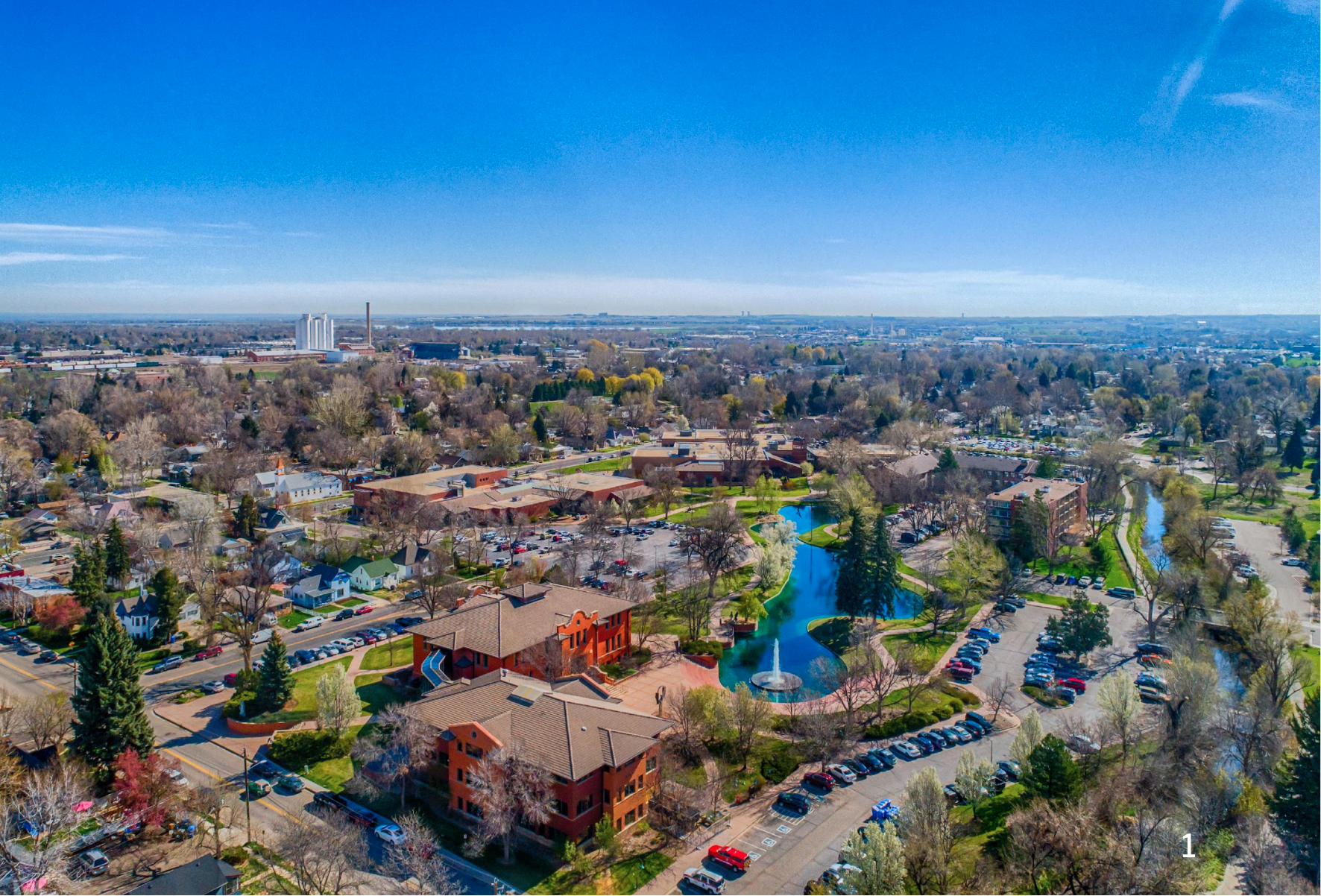
Defining the Problem
Key Terms in Affordable Housing
First, the most common question of all:
Q: What does “affordable” even mean?
A: To be considered affordable, families should spend no more than 30% of their on housing (rent/mortage plus utilities).
To the Affordable Housing Task Force, “affordable” means housing that fills the gap (for sale or rental) for any Lovelander earning 100% of the Area Median Income (AMI) or lower. Our mission is to enable housing at every price point to be added to the Loveland market so the housing needs of the entire spectrum can be addressed.
AMI (Area Median Income): The midpoint of a region's income distribution. Half of the households in a region earn more than the AMI, and half earn less than the AMI. Click here for the 2025 Income Limits for Larimer County.
Qualified Affordable Housing: Deed-restricted affordable housing that includes some government subsidy to generate the unit. This housing category is intended for individuals in the 60%-AMI-and-below for rental and 80% AMI for sale. The City of Loveland’s current qualified housing developers and builders are Loveland Housing Authority and Habitat for Humanity.
Missing Middle: People earning between 80-120% of AMI who, given their income, usually struggle to qualify for a house within the existing housing inventory. Their income disqualifies them from affordable housing programs, but they cannot afford market-rate homes.
Unified Development Code (UDC): Loveland’s UDC went into effect in January 2019. The general purposes of the UDC are to combine the City’s zoning, subdivision, and annexation regulations into a unified code and to implement the City’s Comprehensive Plan and other adopted plans. With its adoption, staff is committed to continually monitoring and updating the code to correspond with community needs, new development trends, process improvements, and current state law. Over the past four years, there have been a variety of amendments to the UDC. The last amendment, focused on accessory dwelling units (ADUs) and residential occupancy, was adopted in the summer of 2022.
Zoning: The most common tool used by local governments to prescribe allowable development on parcels of land. Generally, when a community adopts a zoning ordinance, they are dividing a geographic area into zones or districts, which each have a unique set of standards for land uses and development regulations balancing the general health, safety, and welfare of the public with private property owners’ rights to use their land to their best interest.
Planned Unit Development (PUD): A planning tool used to create a zoning district that allows for a mix of land uses and development standards that would not otherwise be permitted within the other zoning districts that are established by the UDC. Once approved by City Council, the PUD establishes the land use and development standards for the subject property as a separate and unique zoning district.
Accessory Dwelling Unit (ADU). An attached or detached secondary residence that is smaller than the primary residence. A property with a detached ADU has often been called a house and cottage. An attached ADU has often been called a legal mother-in-law suite.


